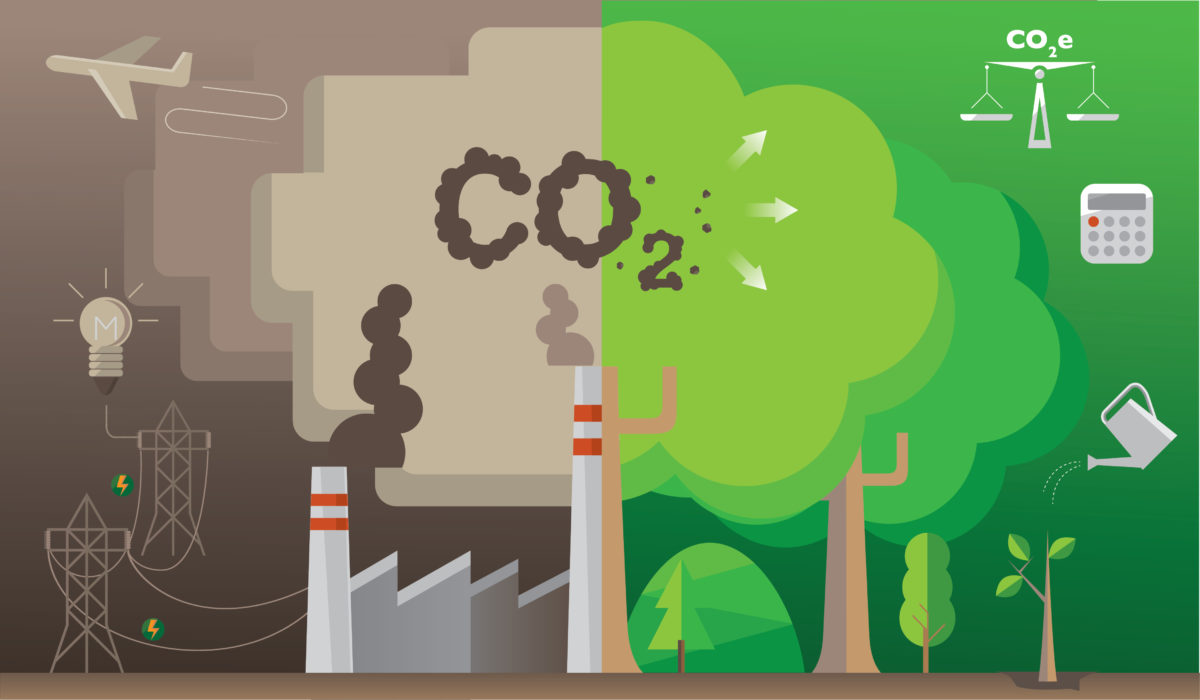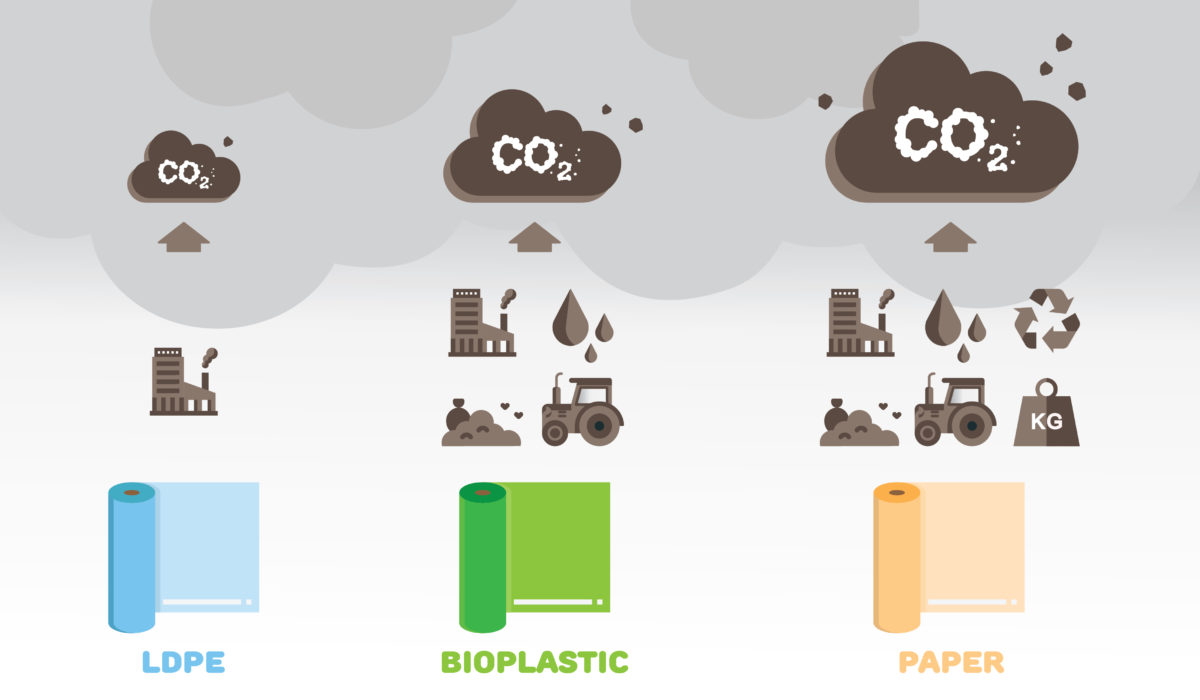What is the most environmentally friendly choice when it comes to protective packaging? The answer might surprise you…
Traditional plastic packaging has gained a lot of negative media attention in recent years and as a result some manufacturers are now greenwashing their packaging products to make them seem more environmentally friendly than they actually are. As a result, it is becoming more and more confusing for consumers to navigate the packaging landscape and know exactly what the best choice is when considering the environment.
To truly measure the environmental impact of a piece of packaging we need to look at its carbon footprint, that is, the total greenhouse gasses released into the atmosphere over its entire lifecycle.

Paper packaging, for example, is perceived to be more environmentally friendly than plastic because it is derived from a renewable source. In 2011 a research paper produced by the Northern Ireland Assembly found that it takes more than four times the energy to manufacture a paper shopping bag as it does to manufacture a plastic bag. Paper packaging requires forests to be cut down and the manufacturing process uses 71% more water and produces twice as much toxic chemicals than plastic. Paper also weighs more, requiring more energy to transport and takes 98% more energy to recycle than plastic.
Each reuse of a packaging item significantly reduces its carbon footprint. In 2006 the Environmental Agency found that a paper bag needs to be reused 3 times to make it more environmentally friendly than a single use plastic bag. Reuse multiple times is often not practical with paper making plastic a superior material from a reuse perspective.
It is also important to understand the distinction between traditional plastic and products labelled as biodegradable plastic or bioplastic.
Biodegradable plastic is made from exactly the same materials as conventional plastic but with chemicals added which help it to break down more rapidly when exposed to air and sunlight.
Bioplastic made from plant material such as corn starch or sugar cane have gained popularity in recent times. When considering the entire lifecycle of these products, they have more of a negative environmental impact than traditional plastics. A 2010 study from the University of Pittsburgh found that when compared to traditional plastic production, bioplastics resulted in greater amounts of carbon omissions and pollutants due to the resources, fertilizers and pesticides needed to cultivate and harvest crops as well as the chemical processing needed to turn organic material into plastic. These crops also use up large areas of arable land competing with food production.
Most biodegradable and bioplastics need to be taken to commercial composting or processing plants that use levels of heat and moisture that cannot be achieved in a home composting set up. These plastics are not suitable for recycling and contaminate batches of recycled plastic posing a threat to the recycling infrastructure we have in place. These plastics end up in landfill and where there is a lack of sunlight and oxygen, will not decompose any quicker than traditional plastic. When they do finally break down, they make landfill unstable and methane is released into the atmosphere, a powerful greenhouse gas that is 23 times more potent than carbon dioxide.

The key to sustainability and reduced carbon omissions is to move away from traditional linear economy principles where items are produced, used and discarded and instead adopt a circular economy by designing out waste and pollution and keeping products and materials constantly in use through recycling and re-purposing. According to the World Economic Forum this will help address both issues of pollution and the $80-120 billion loss to the global economy from plastic packaging waste.
As an ISO Environment accredited manufacturer and member of the Victorian government Take2 initiative for climate change, we operate under circular economy principles and are 100% committed to environmental sustainability and carbon reduction, read more about the evolution of or environmental management system here.
